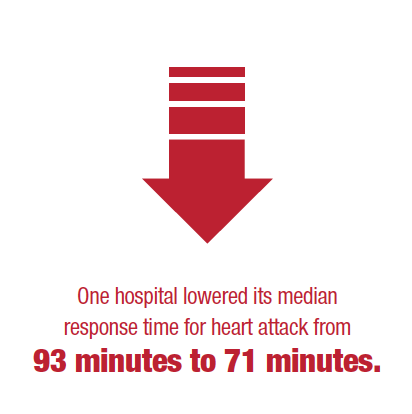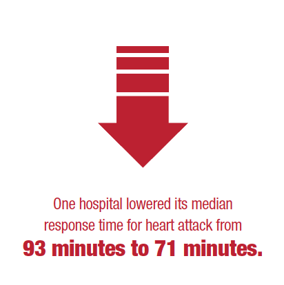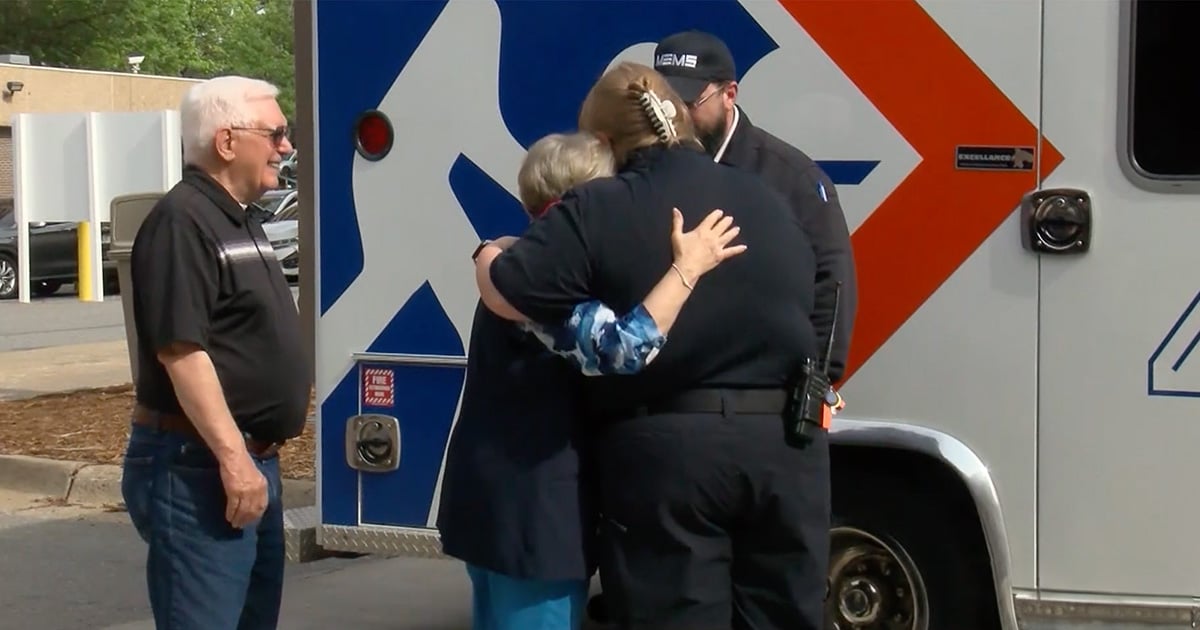Pulsara Around the World - July 2025
June Recap Celebrating Customer and Community Successes In Colorado Teams in Colorado Springs, CO, are using Pulsara to keep STEMI DTB times under 30...
2 min read
 James Woodson, MD
:
Jul 20, 2017
James Woodson, MD
:
Jul 20, 2017

Communication and operational changes at hospitals, and within EMS systems, play key role in recent drop in the death rate from heart attacks.
Although heart disease is still the number one killer of American adults, in recent years the nation has witnessed a dramatic decrease in the death rate from heart attacks. From 2003 to 2013, the rate at which people in the U.S. died from heart disease dropped 38%.[7]
 This striking improvement can be attributed to a number of factors, including more effective treatments for heart disease and risk factors like high cholesterol and high blood pressure. In addition, fewer people are smoking these days. And notably, some hospitals have made sweeping changes in how they treat people having heart attacks. Many of those changes have not involved new drug therapies or procedures, but simply operational shifts that address patient flow and provider communication.
This striking improvement can be attributed to a number of factors, including more effective treatments for heart disease and risk factors like high cholesterol and high blood pressure. In addition, fewer people are smoking these days. And notably, some hospitals have made sweeping changes in how they treat people having heart attacks. Many of those changes have not involved new drug therapies or procedures, but simply operational shifts that address patient flow and provider communication.
Some of the improvements in hospital care came as the result of a national goal established by the American Heart Association and the American College of Cardiology to treat heart attack patients within 90 minutes or less of their arrival at the hospital.[8] But a few stand-out hospitals consistently met and exceeded the national goal, often by a lot, long before the AHA’s campaign for faster treatment.
A group of cardiologists from Yale looked at the best performing hospitals to see what they were doing to speed heart attack treatment. They found these hospitals had been able to shave time off heart attack responses by instituting systematic operational changes, including:
By employing these strategies, even hospitals in underserved areas have seen dramatic improvements. For example, the team at Our Lady of Lourdes, a mid-sized hospital in Camden, New Jersey, which was profiled by the New York Times, lowered its median response time for heart attack patients from 93 minutes in 2007 to 71 minutes in 2011. Today, Our Lady of Lourdes is able to open arteries and restore blood flow for some heart attack patients in under an hour. It’s a difference that can save lives and prevent lifelong disability.
Increasingly, healthcare organizations are looking to technology solutions that can instantly and seamlessly connect pre-hospital and hospital-based providers. Mobile technology offers an elegant solution for creating parallel notification systems, which allow paramedics or ER physicians to alert the cath lab, the cardiologist and all members of the STEMI team with the touch of one button. Using mobile-based apps, paramedics in the field can quickly alert emergency department staff and cardiology teams of a “Code STEMI” and share the patient’s estimated arrival time with hospital staff. The EMS team also can transmit ECGs to multiple people, so the ER physician and cardiologist can view them before the patients are even on the way to the hospital. Single alert notifications help all members of the on-call team move quickly towards the hospital to provide life-saving care for the patient as soon as possible.
REFERENCES:
7. American Heart Association. Heart Disease, Stroke, and Research Statistics At-a-Glance. Available at: http://www.heart.org/idc/groups/ahamah-public/@wcm/@sop/@smd/documents/downloadable/ucm_480086.pdf
8. Recommendations for Criteria for STEMI Systems of Care http://www.heart.org/HEARTORG/Professional/MissionLifelineHomePage/EMS/Recommendations-for-Criteria-for-STEMI-Systems-of-Care_UCM_312070_Article.jsp

June Recap Celebrating Customer and Community Successes In Colorado Teams in Colorado Springs, CO, are using Pulsara to keep STEMI DTB times under 30...

How Metropolitan EMS and Baptist Health Medical Center worked together to achieve a remarkable outcome for one stroke patient When a woman in Little...

UCHealth Memorial Hospital is Using Pulsara to Facilitate Feedback, Education, and Better Outcomes Across Organizations What if the future of...